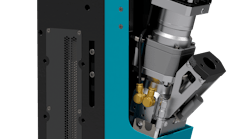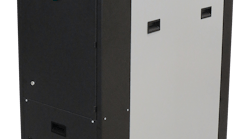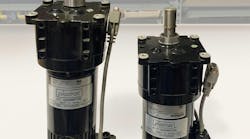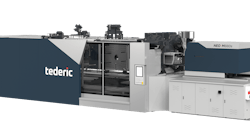A Luxembourg startup dedicated to finding ways to enhance plastic’s sustainability is the assignee on a patent for a new hot-runner system for making preforms. According to the patent, the invention is used to manufacture monolayer containers that can withstand harsh conditions, such as elevated temperatures, heat-setting and reuse.
Designed especially for bottles that require extra-strong necks, the hot runner invented by Keiryo Packaging SA produces a preform for soda bottles. Though it exhibits relatively high crystallinity, the preform can be stretch blow molded into a bottle that has good performance properties, including strength and resistance to thermal degradation and gas permeation. The preform also makes lightweighting possible.
The hot-runner system regulates the orientation of the macromolecules of the crystallizable plastics in the melt, as well as the molecular orientation of the preform itself. To control locally applied friction and shear, the patent calls for a variety of modifications to the typical hot-runner design. For instance, to increase shear at the entrance to the preform cavity, the hot runner features an entrance orifice that’s smaller than is typical in conventional systems. The patent also calls for inserts made of materials of different conductivity levels; such inserts allow better control of quenching and cooling rates.
In addition, according to the patent, the hot runner uses a Venturi vacuum to restrict melt flow.
“The current invention combines the effect of pre-alignment/orientation of the macromolecules in the polymer melt with the well-known crystallinity effect in order to achieve the synergistic performance enhancement in the article in general, more particularly the preform and/or container,” the patent states.
According to the patent, blow molders working with crystallizable polymers with high molecular weights can achieve the best results. PET and other polyesters, as well as polylactic acid and copolymers, can be used.
Patent 10,106,646; issued Oct. 23





